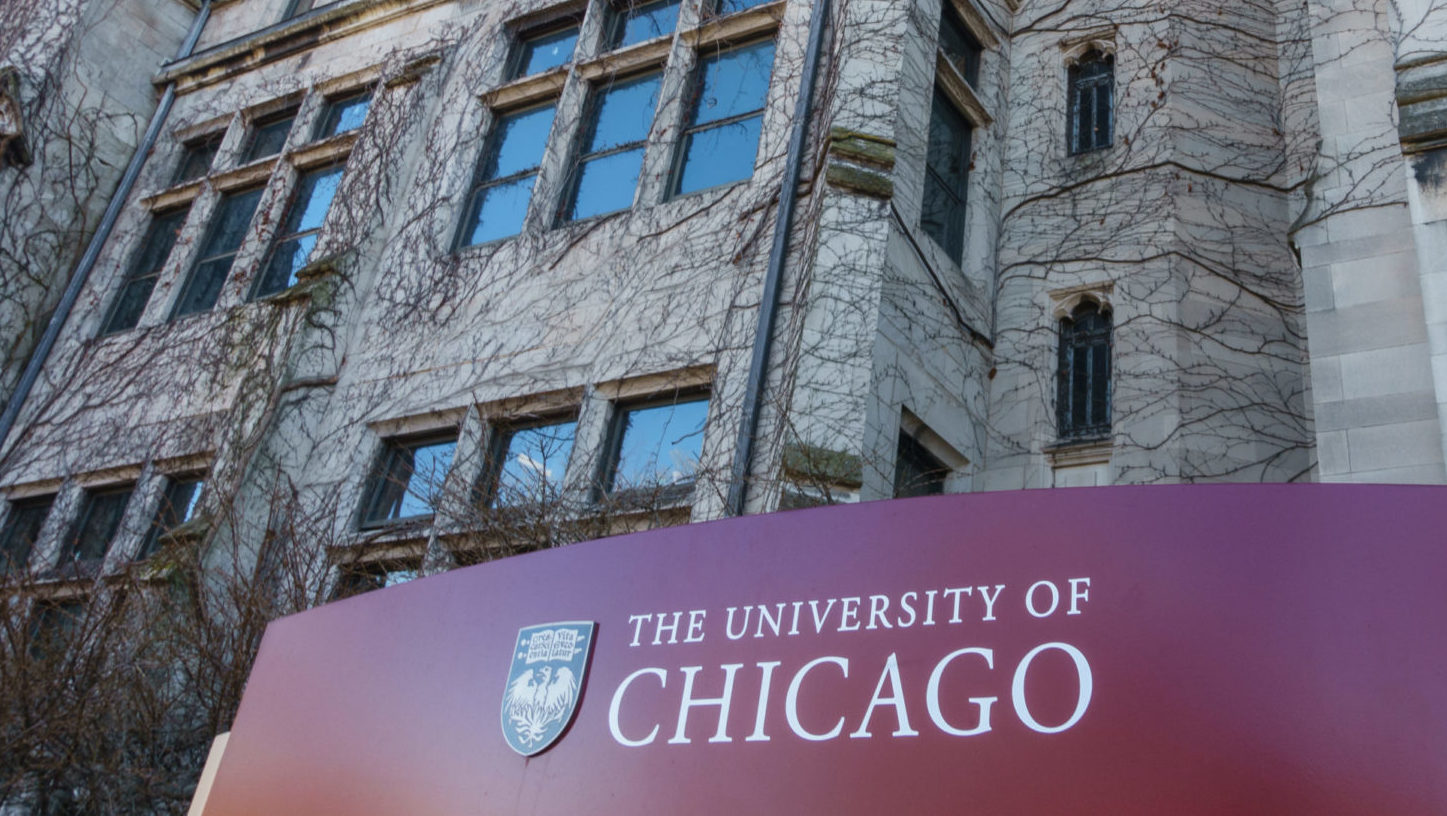The University of Chicago has compiled a list of 17 “Questions to Pose” that parents and community members can use to assess whether a financial education program in their school is unbiased and high quality. We answered all of them, demonstrating that Gifting Sense is an impartial, high-quality, permissionless, early financial education program. If you would like to discuss any of our answers, please reach out via the Contact Us form.
1) What specific financial education program is my student using in school? Gifting Sense is a mission-driven provider of workshops and tools (available at no cost) designed to allow children to experience first-hand how and why thinking before buying is a powerful and rewarding life skill.
2a) Who is the author or creator of the materials? Karen Holland, an economic analyst and parent. Karen has a Master’s Degree in Economic History from the University of Toronto and an Honours Bachelor of Arts Degree in Economics from Queen’s University in Kingston, Ontario. She has been recognized as a Distinguished Educator by the national nonprofit Next Gen Personal Finance (ngpf.org) for outstanding commitment to professional development in real-world personal finance topics. She worked as an Analyst (in Human Resources, Sovereign Risk, Financial Institutions, and Corporate Treasury) for the Royal Bank of Canada before having a family. Her unwavering commitment to creating a future where young adults avoid financial pitfalls by developing productive money habits at a young age has been the driving force behind Gifting Sense for a decade.
2b) Is there a potential conflict of interest? No. Gifting Sense operates independently and without commercial sponsorship. The project has been bootstrapped since its inception; there are no conflicts of interest.
3) Is there advertising or branding from financial institutions or products on the materials? None.
4) Are there incentives for students and/or teachers to use the program? If so, how might those incentives influence students’ learning? The incentive is that the approach engages both teachers in delivering and students in consuming early personal finance lessons. Educators know that purpose-led learning works best. Calculating the DIMS-DOES IT MAKE SENSE SCORE?® for a possible purchase allows young people to work on a problem that matters to them in real-time in class: “Should I buy this item or experience?” Once students discover that they can get and use (at first basic) financial information to improve their lives, they want to acquire more financial information. In this way, our workshops prime the demand pump for the subsequent personal finance lessons available in high school and beyond.
5) Do the materials encourage the use of a particular financial institution’s or company’s product(s)? No.
6) What data is being collected by the materials? When is it purged? How is it stored? We collect no personal information. We have every completed digital worksheet, so we know what DIMS SCOREs have been calculated for (a lot of SmartPhones, running shoes, professional sporting events, and concert tickets), but not by who or if a purchase was ever made.
7) What is done with student data collected by the materials? No student data is collected. There is no registration or paywall requirement to use the DIMS SCORE® calculator. We are a mission-driven organization.
8a) What are the goals of the materials? The program and tools we employ are designed to allow children to experience first-hand how easy it is to get and use (at first basic) financial information to make their lives better. And they are designed to give young people this first-hand experience when their money personality is still being developed. The timing is crucial because the unconscious habits and beliefs we develop about money between the ages of 3 and 14 are remarkably stable, shaping how we think and act with money for the rest of our lives. Having a positive money-management experience before the end of middle school really matters!
8b) What problem(s) do the materials aim to solve? We make learning about money immediately helpful to young people. We do this to convince students that money-smarts are something anyone can successfully pursue.
A timing mismatch delays the very real consequences of not acquiring productive money habits in our youth. Our money habits and beliefs are established as early as age 7. However, most citizens face the majority of consequential financial decisions in adulthood. This helps explain why financial literacy remains elusive for many – because there is a decade or more of life between when we develop our money habits and beliefs and when we get to put those habits and beliefs into regular use. Unproductive money habits and beliefs are left to solidify and entrench during that decade; their ability to undermine a person’s personal financial future is masked by the fact that “the big financial decisions” (e.g., buying a vehicle or home, planning for retirement) are yet to be made.
To avoid typical financial pitfalls, people need to learn how to be “good with money” while still in school. Instead of having to work to uncover and then perhaps re-engineer less-than-productive money habits as adults, why not create circumstances under which children can develop productive money habits in the first place?
9) What are the priorities of the program?
- Encourage youth to spend with less speed and more thought.
- Allow youth to experience first-hand that thinking before buying (TBB) does NOT mean that you never get to do or buy anything fun. Let’s quash the misconception that being financially responsible means never having fun!
- Allow youth to experience that thinking before buying isn’t hard; it really only involves understanding the full cost of a purchase and how much you can use or appreciate what you buy – before you make a decision to buy it.
- Help children understand that being financially responsible does so much more than help them save money. TBB also helps us avoid disappointment, reduce waste, improve family harmony, and protect the planet.
- Give school-aged children an age-appropriate perspective on how they can live the life they want without spending more than they make before they become adult income earners. Again, the timing is key. We’re giving kids good basic spending habits before the consequences of poor spending habits can land them in an early financial pitfall.

10) Do the materials address the roles of financial institutions in the financial system? Only in that financial institutions provide the majority of digital payment methods. With older workshop participants, there can be a discussion about how credit scores are built and used, but 98% of the time, we focus on the importance of taking a quick pause before making a purchase. It doesn’t matter if you are going to pay for a potential purchase with cash, a gift card, a debit card, a credit card, ApplePay, Venmo, or Interac…we hope students will pause and calculate the DIMS-DOES IT MAKE SENSE?® SCORE before they spend a dime.
11) Does the program provide information that serves the interests of financial institutions or companies, or does the information serve a different purpose? The program only serves students, their families, and schools.
12a) How do participants benefit from the messages in the materials? Workshop participants learn that it isn’t hard to ask and answer basic questions about typical purchases (childhood, tween, or teen), but it can be very rewarding. In other words, they learn about the power and importance of financial defense (spending with a plan). Most kids today dream of vocations that come with high incomes because they feel that financial offense (earning) matters more than financial defense. However, every citizen needs both financial offense and financial defense to create personal financial peace of mind.
Investing is the most popular topic in personal finance but ranks behind basic money management in importance. Why? You have to be able to afford to invest! Wise spending habits are the surest route to being able to create an investable surplus as an adult income earner. Investable surpluses don’t have to be big, but have to exist.
12b) How might participants change their behavior as a result of the program? Being good with money is a pursued interest. When do humans typically decide to pursue a skill? When they can observe or experience it and think to themselves, “That looks like fun” or “That looks helpful.” We help children experience how easy it is to get and use (at first basic) financial information to make their lives better. And because we give them this experience when their money personalities are still in development, they’re able to enter young adulthood confident about their ability to seek out the more sophisticated financial information they’ll need later in life when it is relevant and can be helpful. Early financial education is a simple upstream solution to reducing financial illiteracy.
12c) To what extent does this behavior change benefit the vendor? The only way the program benefits Gifting Sense is that it helps us deliver the difference we want to make. What’s the adage? “Be the change you want to see.”
13a) What are the advertised benefits of the program? The advertised benefits of the program are that it brings financial literacy to life for children in a way that is relevant to their young lives and so much more helpful to developing productive money habits than, say, a lesson on mortgages – twenty years before you need one. The knowledge children acquire in our workshops is fundamental, but because it is centered around helping them assess, compare, and categorize purchase(s) they’re already thinking about, it helps them avoid disappointment in real time. Engaging lessons stick and cannot help but inform future financial decisions!
13b) Have these been proven? We are happy to share the feedback we have received from parents, educators, and perhaps most importantly, kids over the years. Reach out to us via the Contact Us form, and we’ll send you the Explainer Deck that we share with educators when we schedule workshops. Please also refer to the press and recognition page to further assess whether our claims have been substantiated.
14) Have the materials been evaluated by an independent reviewer? We have been a Runner-Up to large household names at the 2022, 2023, and 2024 Money Awareness & Inclusion Awards. (Specifically, we were the Runner-Up to UChicago’s finEdge program in the category of Best School-Aged Non-Profit Financial Education Program in 2022. We were the Runner-Up to the UK “Green Your Pension” initiative, Make My Money Matter, for the Sim Kee Boon Prize in Sustainable Finance Literacy in 2023. We were the Runner-Up to The Financial Times FLIC (Financial Literacy Inclusion Campaign) in the category of Best School-aged Non-Profit Financial Education Program in 2024.) We have offered to participate in several third-party assessments. To date, no one has taken us up on it.
We have conducted workshops (in-person and via Zoom since the Spring of 2020) across Canada, the United States, Argentina, Mexico, Korea, Malaysia, the United Kingdom, and Sweden. The list grows every week. Workshops are typically delivered in schools or community centers, but also through Outschool, where we have been able to work with home-schooled learners.
15) Have the materials been found to be objective? Yes. Take the DIMS-DOES IT MAKE SENSE?® SCORE Calculator for a test drive, and see for yourself.
16) Do the materials only provide partial information? The materials fully meet the program’s goals. We do one thing well: we introduce young people to the power of spending with a plan. For almost a decade, we’ve experienced how letting school-age children work on personal finance problems that matter to them in real-time convinces youth that money smarts are worth pursuing long before they become adult income earners. Of course, there is more to being good with money than wise spending habits. However, thinking before buying allows young people to discover that anyone can get and use financial information to improve their lives – when their money personalities are still in development. This insight can’t help but allow kids to earn, save, share, and invest more as their futures unfold.
17) Do the materials deemphasize information that will help students think critically about certain financial institutions, companies, or products? The opposite! Our workshops, tools, and process show how easy and important it is to quickly, but not arbitrarily, assess a possible purchase in time to ensure it makes sense for the buyer and their family.
If you would like to know more, please click on the pink or blue buttons below.
This post was first published in March 2022. It was updated in June 2023 and again in June 2024.
Child Development Financial Literacy For Parents For Teachers



